The Process Analytical Technology Market is currently characterized by a dynamic competitive landscape, driven by the increasing demand for real-time monitoring and quality assurance across various industries, including pharmaceuticals, food and beverage, and chemicals.
Key players such as ABB (CH), Siemens (DE), and Emerson (US) are strategically positioning themselves through innovation and partnerships, which collectively enhance their market presence. ABB (CH) focuses on integrating advanced digital solutions into its offerings, while Siemens (DE) emphasizes sustainability and energy efficiency in its product development.
Emerson (US) is leveraging its expertise in automation to provide comprehensive solutions that meet the evolving needs of its clients, thereby shaping a competitive environment that prioritizes technological advancement and customer-centric approaches.
In terms of business tactics, companies are increasingly localizing manufacturing and optimizing supply chains to enhance operational efficiency and responsiveness to market demands. The Process Analytical Technology Market appears moderately fragmented, with a mix of established players and emerging companies vying for market share.
The collective influence of these key players is significant, as they drive innovation and set industry standards, thereby shaping the overall market structure.
In August 2025, Siemens (DE) announced a strategic partnership with a leading biotechnology firm to develop next-generation process analytical solutions tailored for biopharmaceutical applications. This collaboration is expected to enhance Siemens' capabilities in providing cutting-edge technologies that ensure compliance with stringent regulatory requirements, thereby solidifying its position in the biopharmaceutical sector.
The strategic importance of this partnership lies in its potential to accelerate product development cycles and improve operational efficiencies for clients in a highly competitive market.
In September 2025, Emerson (US) launched a new suite of process analytical instruments designed to integrate seamlessly with existing automation systems. This launch reflects Emerson's commitment to innovation and its focus on providing comprehensive solutions that enhance process efficiency and data accuracy.
The introduction of these instruments is likely to strengthen Emerson's market position by addressing the growing need for real-time data analytics in process industries, thereby enabling clients to make informed decisions swiftly.
In July 2025, ABB (CH) expanded its portfolio by acquiring a niche player specializing in advanced sensor technologies. This acquisition is anticipated to enhance ABB's capabilities in delivering high-precision analytical solutions, particularly in the chemical and petrochemical sectors.
The strategic significance of this move lies in ABB's ability to offer more integrated solutions that cater to the specific needs of its clients, thereby reinforcing its competitive edge in the market.
As of October 2025, the Process Analytical Technology Market is witnessing trends such as digitalization, sustainability, and the integration of artificial intelligence into analytical processes. Strategic alliances among key players are increasingly shaping the competitive landscape, fostering innovation and collaboration.
Looking ahead, it is likely that competitive differentiation will evolve, with a shift from price-based competition to a focus on innovation, technological advancements, and supply chain reliability. Companies that can effectively leverage these trends will be better positioned to thrive in this rapidly changing market.


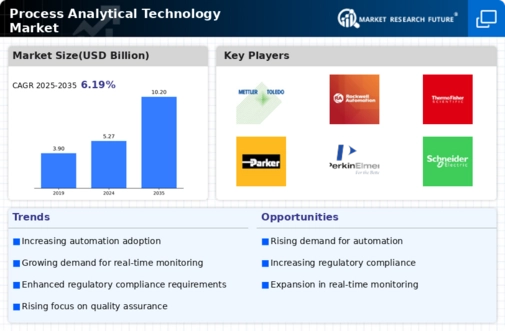
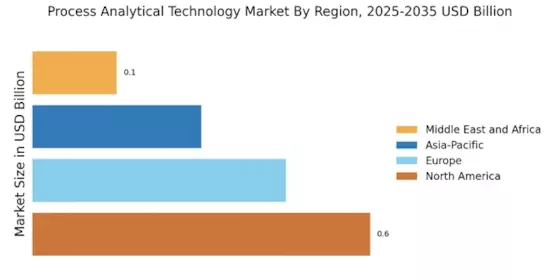

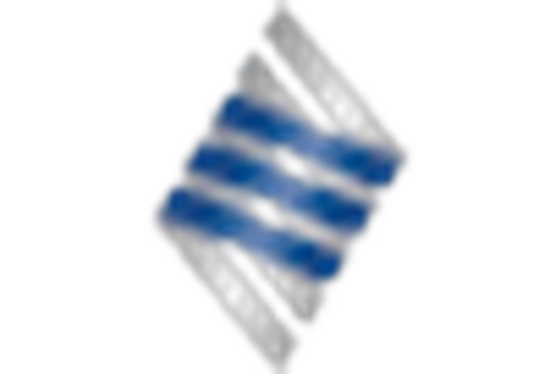
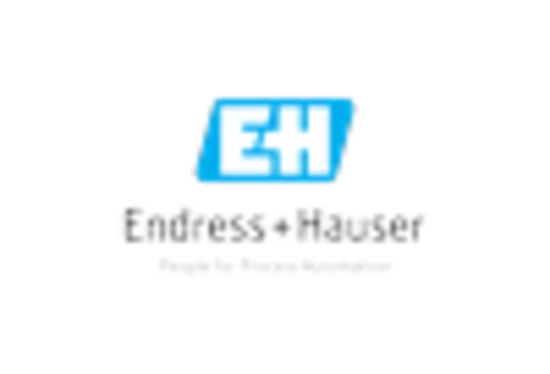

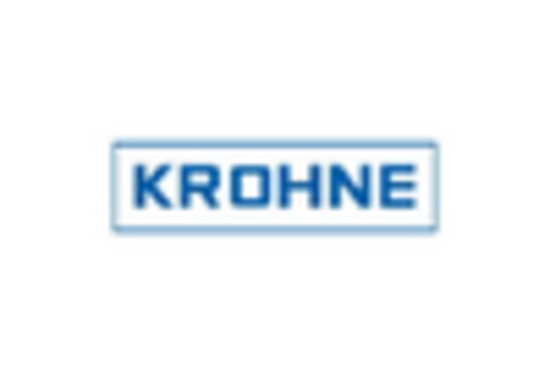









Leave a Comment